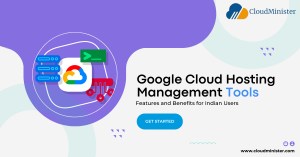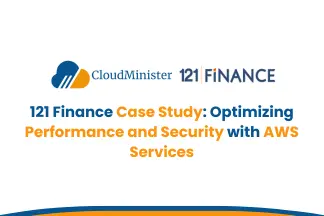
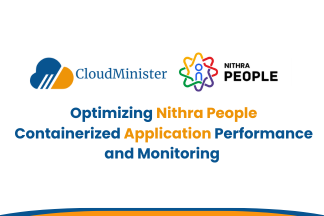
Optimizing Nithra People Containerized Application Performance and Monitoring
Optimizing Nithra People Containerized Application Performance and Monitoring
Introduction
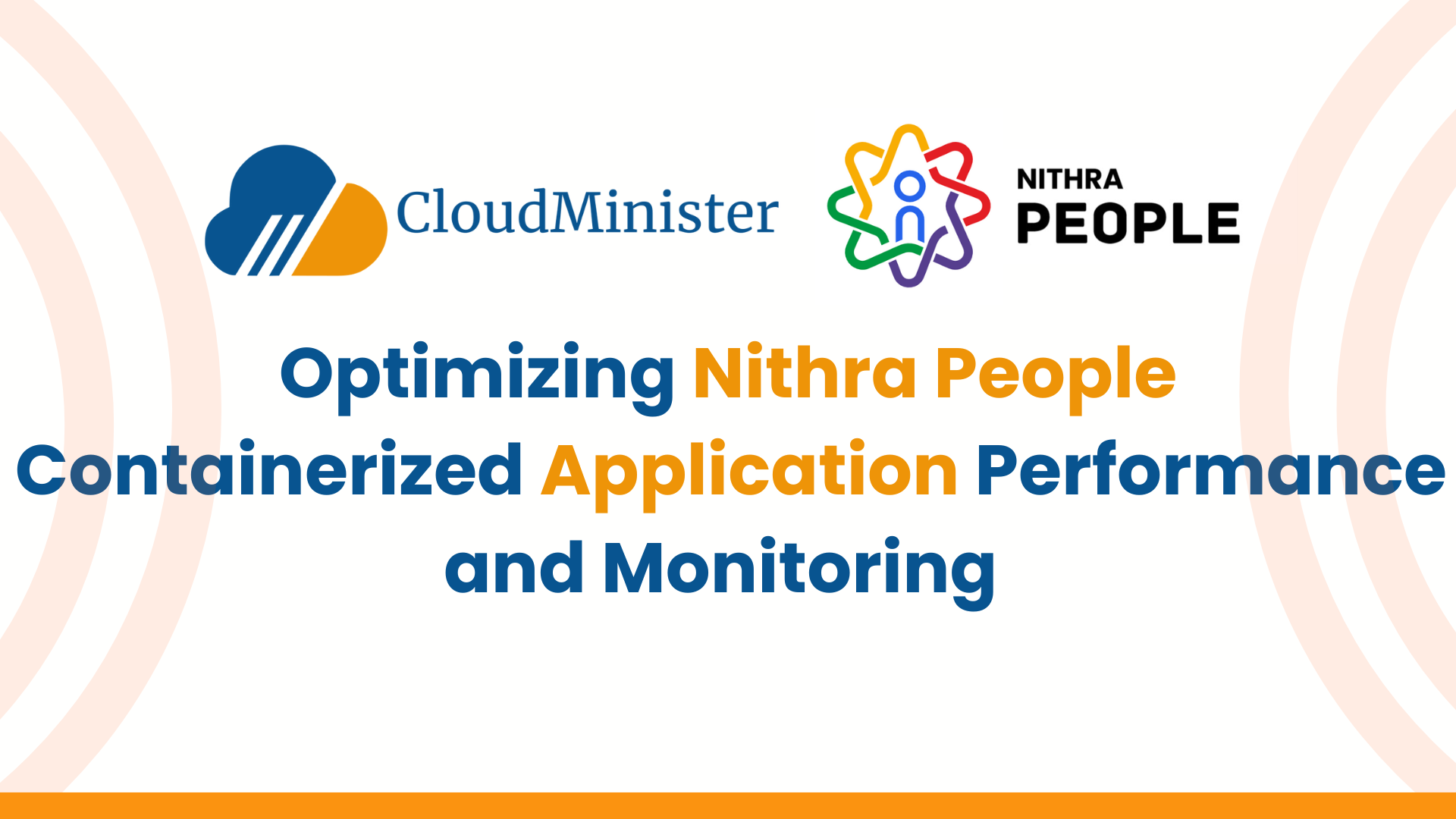
Nithra People is a comprehensive platform specializing in face attendance and payroll management solutions. They provide innovative software that integrates advanced facial recognition technology to streamline attendance tracking and payroll processes for businesses. Nithra People’s solutions are designed to enhance accuracy, efficiency, and ease of use in managing workforce-related tasks, ensuring compliance with regulatory standards and improving overall operational productivity.
Our client was running a containerized application and facing several performance and operational issues. The primary concerns included application slowness, high MySQL load during peak times, and the absence of a monitoring system for both the application and logs.
Challenges:
1. Application Slowness:
- The client's application was experiencing significant slowness, impacting user experience and overall performance.
2. High MySQL Load:
- During peak times, the MySQL database load spiked, causing further performance degradation and occasional downtime.
3. Lack of Monitoring:
- There was no monitoring system in place, making it difficult to track application performance, identify bottlenecks, or troubleshoot issues effectively.
4. Scalability Issues:
- The existing infrastructure struggled to scale efficiently with increasing user demand, leading to performance bottlenecks.
5. Complex Configuration Management:
- Managing multiple configurations for different environments (development, staging, production) was cumbersome and prone to errors.
6. Inefficient Resource Utilization:
- The application and database were not utilizing server resources efficiently, resulting in high operational costs.
7. Security Vulnerabilities:
- The lack of comprehensive monitoring and management exposed potential security vulnerabilities in the system.
8. Data Consistency Problems:
- Inconsistent data replication and synchronization between the application and the database led to occasional data integrity issues.
9. Poor Logging Practices:
- Insufficient logging made it challenging to diagnose and resolve issues promptly.
10. User Experience Degradation:
- The combination of these issues led to a suboptimal user experience, with slow response times and occasional application downtime.
Solutions Implemented:
1. Application Optimization
• Conducted a thorough code review and identified inefficient queries and resource-intensive processes.
• Implemented code optimizations to reduce resource consumption and improve response times.
• Utilized caching mechanisms to reduce the load on the database and enhance performance.
• Php-fpm optimization as php-fpm pool was consuming high CPU.
2. Database Load Management:
- (A). Master-Slave Setup on Docker:
a. Configured a master-slave setup for MySQL within Docker containers todistribute the read and write load effectively.
b. Implemented replication to ensure data consistency and availability.
- (B). OpenResty Web Server on Docker:
a. Deployed OpenResty on Docker to handle web traffic more efficiently and provide load balancing.
b. Configured OpenResty for caching and reverse proxy to improve response times and reduce backend load.
- (C). Redis GUI Setup:
a. Implemented a Redis GUI to monitor and manage Redis instances used for caching and session storage.
b. Optimized Redis configurations to enhance performance and reduce latency.
3. Monitoring Implementation:
- (A). Site24x7 Integration:
a. Integrated Site24x7 for comprehensive monitoring of the application, server, and database.
b. Set up alerts for critical metrics such as CPU usage, memory usage, response time, and database load to proactively manage potential issues.
- (B). Docker Container Monitoring:
a. Configured monitoring for all Docker containers, including MySQL, MongoDB, Redis, and the application.
b. Set up performance dashboards for real-time insights and historical data analysis.
- (C). Log Monitoring:
a. Implemented log monitoring to track errors and performance metrics, enabling quicker identification and resolution of issues.
Results:
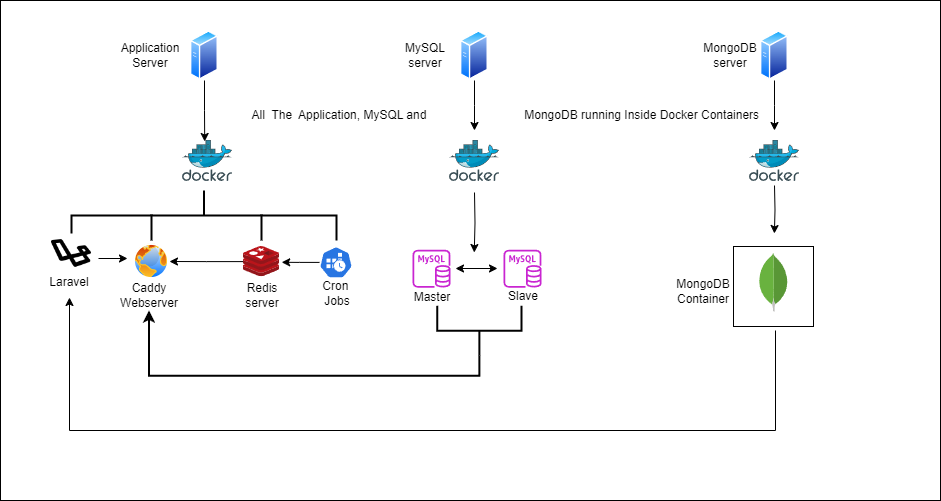
1. Improved Application Performance:
(i). The optimizations resulted in a significant reduction in application response times, enhancing the user experience.
(ii). The separation of database containers reduced the load on the main server, further improving performance.
(iii). CDN integration reduced server load and improved content delivery speed.
2. Effective Load Management:
(i). By optimizing database queries and implementing connection pooling, the MySQL load during peak times was managed more efficiently, reducing downtime and improving stability.
(ii). The master-slave setup distributed the database load, improving scalability and reliability.
3. Proactive Monitoring:
(i). With Site24x7 in place, the client now has a comprehensive monitoring system that provides real-time insights into application performance and server health.
(ii). The monitoring system’s alerts and log tracking have enabled quicker identification and resolution of issues, reduced overall downtime, and enhanced operational efficiency.
(iii). Performance dashboards have provided valuable insights for continuous improvement and scaling strategies.
4. Enhanced Scalability and Resource Utilization:
(i). The reconfigured infrastructure can now scale efficiently with user demand, avoiding previous bottlenecks.
(ii). Efficient resource utilization has reduced operational costs and improved overall system performance.
5. Improved Security and Data Consistency:
(i). Comprehensive monitoring and management have closed potential security vulnerabilities.
(ii). Consistent data replication and synchronization have resolved previous data integrity issues.
6. Streamlined Configuration Management:
(i). Simplified configuration management has reduced errors and improved deployment processes across different environments.
7. Enhanced User Experience:
(i). The improvements have led to a significantly better user experience, with faster response times and minimal downtime.
Conclusion:
By addressing the performance and monitoring issues, we successfully optimized the client’s containerized application. The implementation of a monitoring system and database optimizations have resulted in improved performance, stability, and proactive issue management. The client now enjoys a more efficient and reliable application environment, leading to better user satisfaction and operational efficiency.
Share
Search Case Studies
AWS Setup and Migration

Skillwinz utilizes the following AWS services:

AWS Cost Optimization:

Gaming and Entertainment

RDS (Amazon Relational Database Service)
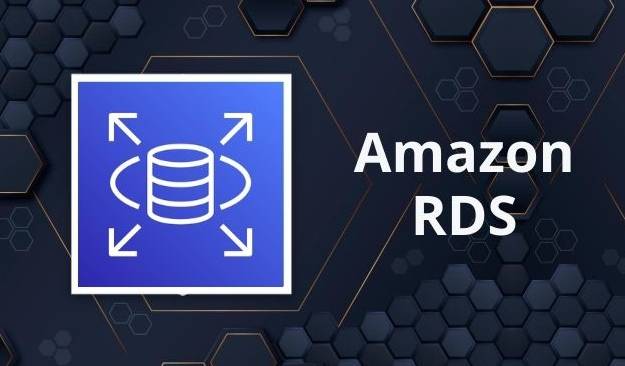
Case Studies
- Nithra People:
- : India
 Register
Register


